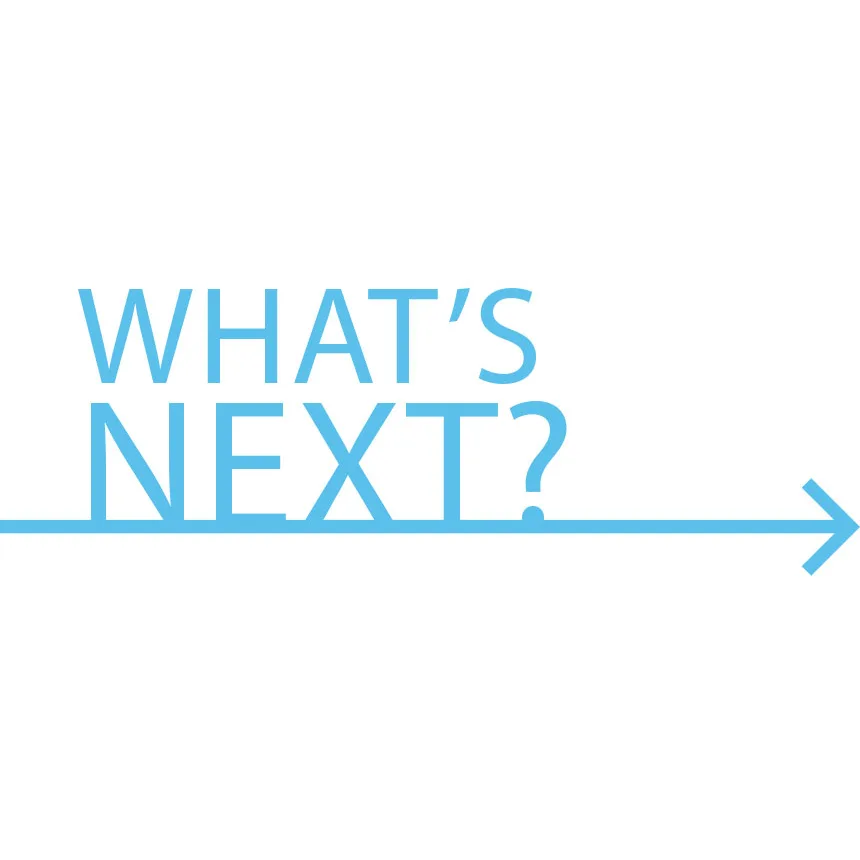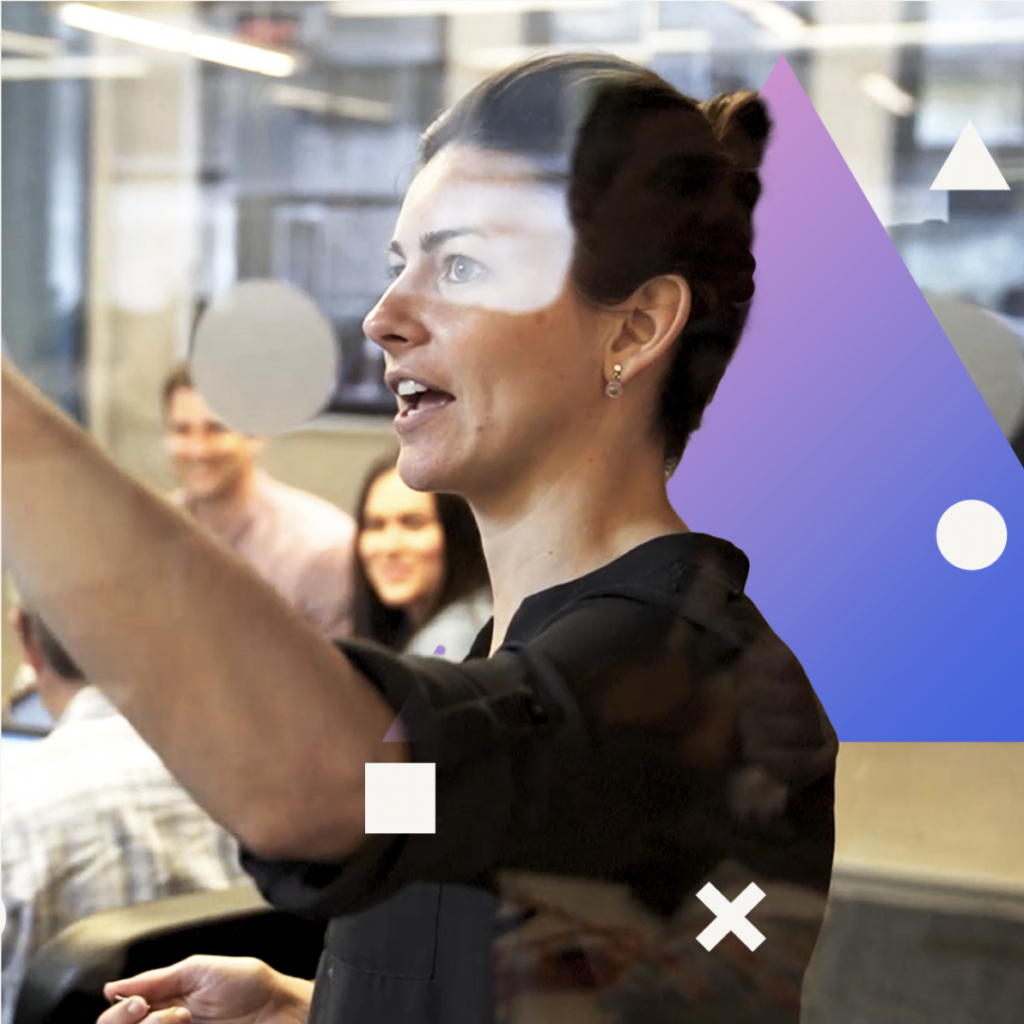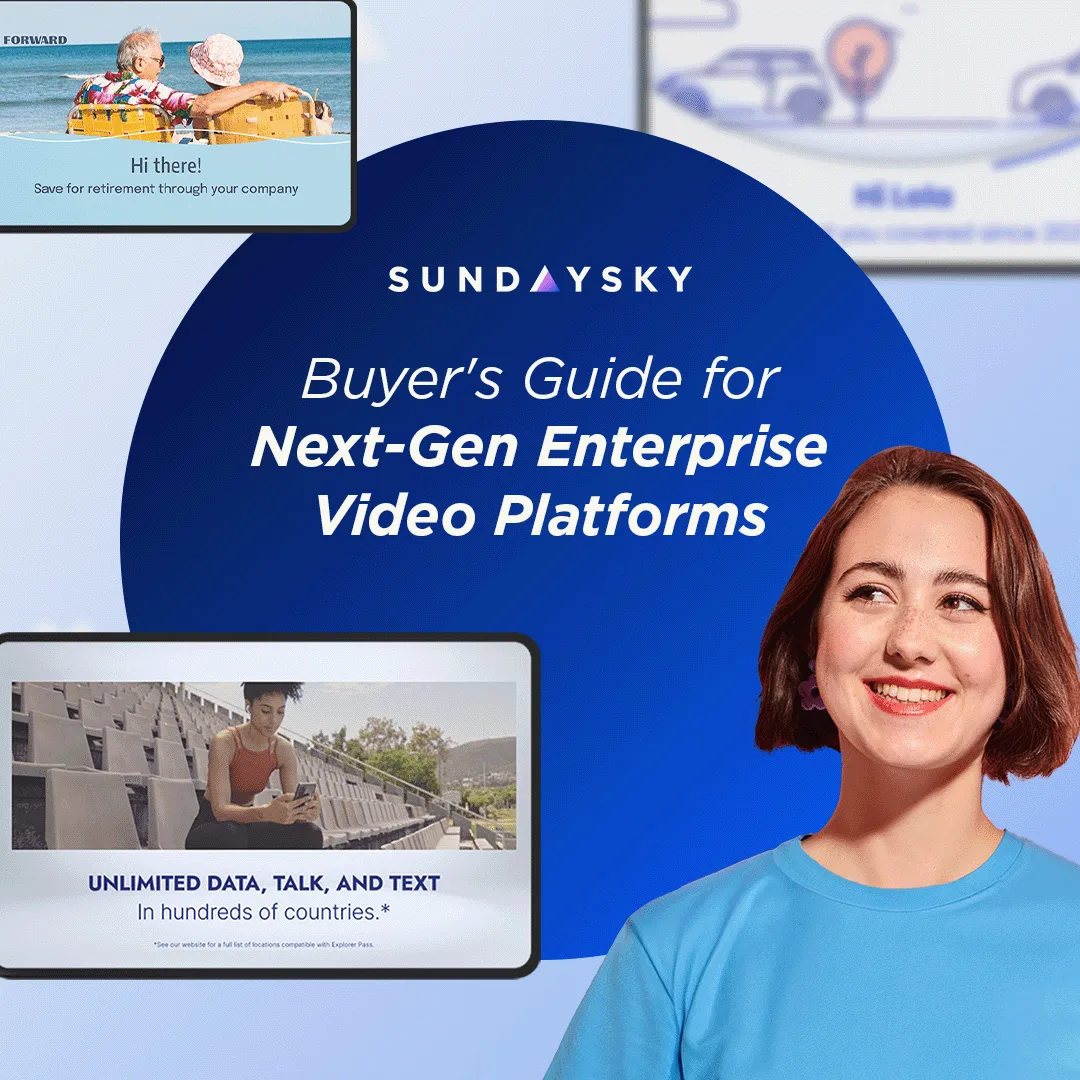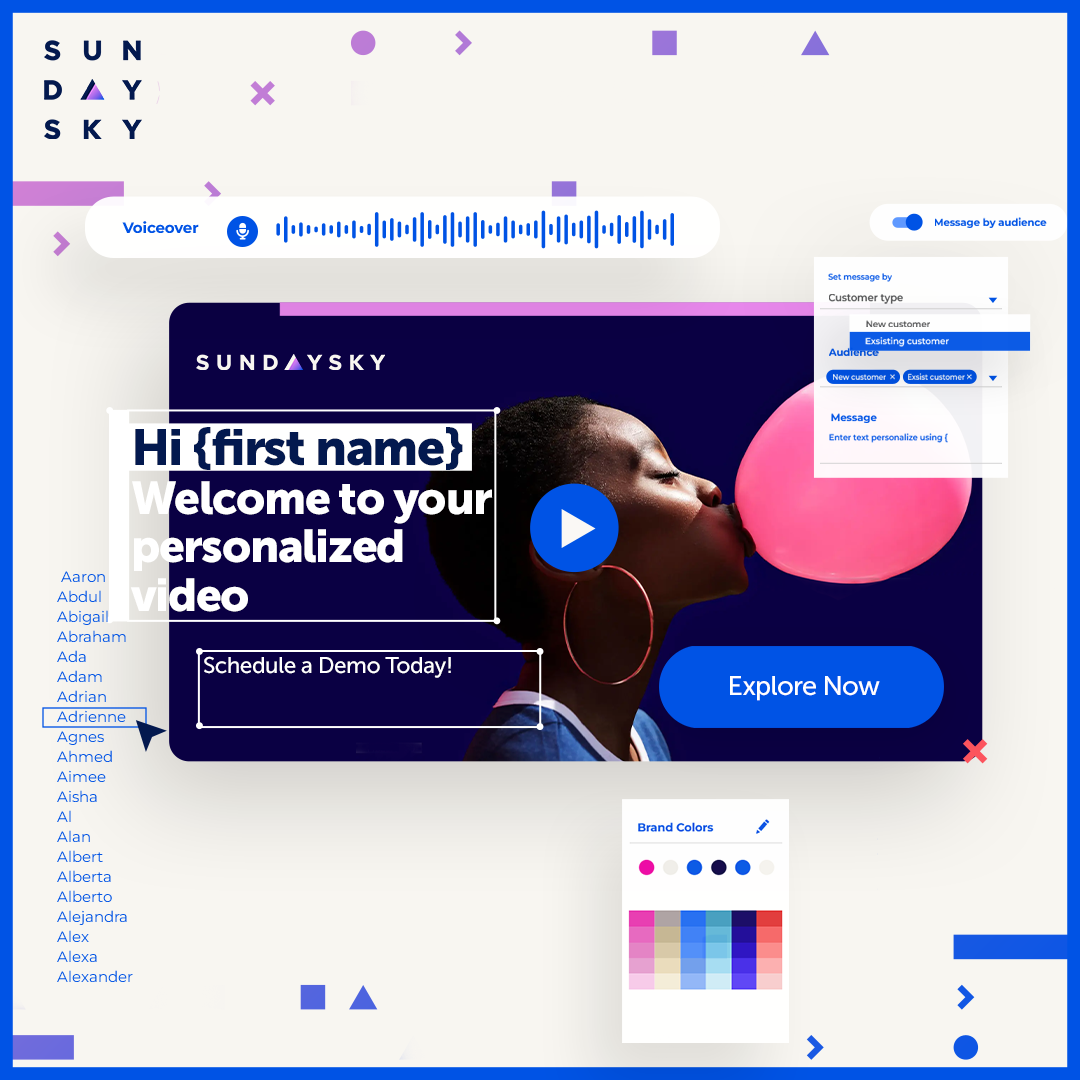The proliferation of personalized online video and its growth over the past ten years is nothing short of amazing. The evolution of user-generated content and video consumption habits among consumers has pushed online video to the top of marketing plans as it’s the most powerful and engaging way to communicate with consumers.
We’re already doing amazing things now, but let’s take a look at five ways personalized video will develop over the next several years.
- Video Design and Experience
Brands are realizing that the entire viewing experience contributes to video success and are starting to create more holistic experiences that extend beyond just the video itself. For instance, we’re hearing more inquiries about how to design a great SmartVideo landing page as marketers are really looking at how the video and page interact to create a more effective viewer experience. There’s more of an appetite in the market to determine how best to correlate between video and design. - Mobile Video
Mobile video has been much buzzed about in recent years and there’s a still a big push behind it. In fact, Cisco forecasts mobile video will represent 69 percent of mobile traffic by 2018. How SmartVideo looks, sounds and feels is different when it’s played on a mobile device than when it’s viewed on a desktop. As mobile video grows, brands and designers are paying more attention to the different tests and parameters required for various devices in regards to both content and the design itself. - Interactive Video
Interaction within videos will be a bigger component of online video as the technology matures. For example, our customers are starting to look at chaptering, which is a YouTube feature that enables a viewer to skip through content as they please and look at the topics that are interesting to them. From interactive storytelling to a choose-your-own-adventure story, there are new ways to change the viewer experience and make it more interactive. We’ll definitely see more options here. - Data-Influenced Creative
As digital platforms become major sources of content and consumption, data will have a larger influence on content creation. Netflix’s House of Cards paved the way in this regard as it was the first show created according to big data analysis. Netflix analyzed its database of viewers and tailored the script, casting decisions and the arc of the stories based on what viewers liked about previous shows. The two worlds of data and creative will mesh even more as brands are informed on data in terms of viewer interaction. Video creators can better understand what consumers want and what they’re most engaged by because of the available historical data. To determine which scenes and links within the video work best, it’s important to analyze and test video performance, then optimize according to viewer interaction. - Contextualized Ads
We’ve had the ability to deliver contextualized ads to consumers for quite some time now, but now more brands are realizing the possibilities. By combining first-party and third-party data, brands can contextualize an ad both to the viewer and based on what the content the viewer is watching. For example, Cox Communications tailors its SmartVideo pre-roll ad experience to each viewer based on the last service or bundle a visitor to Cox.com viewed as well as on the content the viewer is watching offsite (a sports highlight reel on YouTube, for instance). Through a combination of both a viewer’s browsing behavior and her intent on publisher media site, we can create more tailored and relevant experiences.




